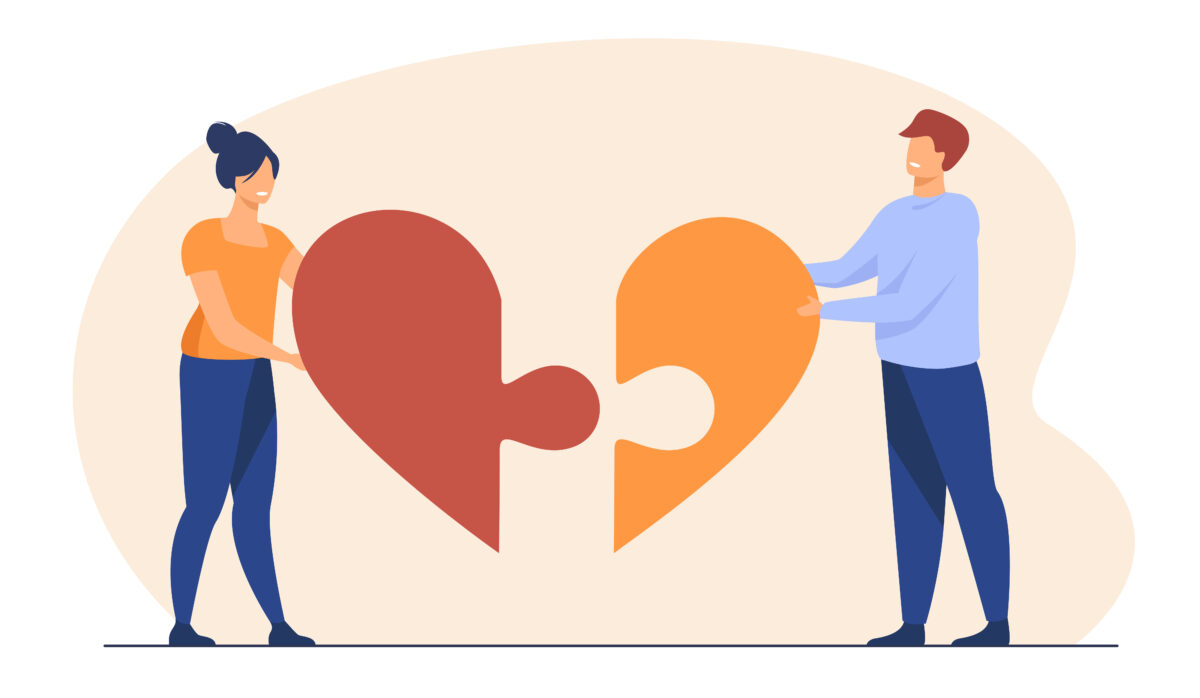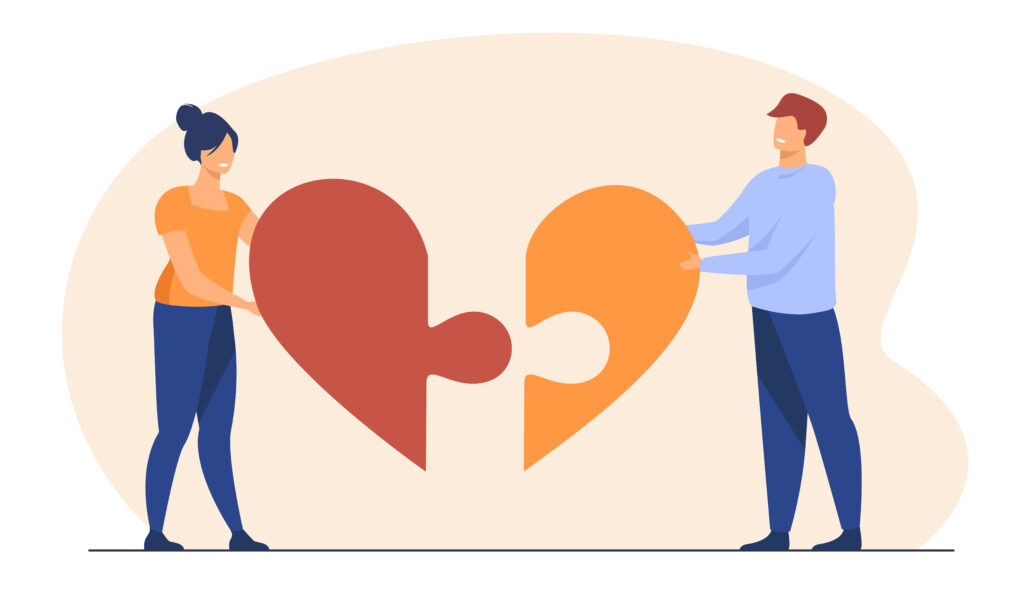
How Does Your Brain React to Love? New Research Reveals Fascinating Insights
Love is a powerful emotion. It shapes our thoughts, behaviors, and even our brain activity. But did you know the brain reacts differently to various types of love? Whether it’s the bond between a parent and child, the passion of romantic love, or the affection we feel for pets, each type of love triggers unique brain responses. In this article, we’ll explore how different kinds of love activate specific brain areas. We’ll also see what this means for our emotional well-being and mental health.

Note: This article is intended for general information and educational purposes. It summarizes scientific research in accessible language for a broad audience and is not an official scientific press release.
A recent study from Aalto University, featured in Neuroscience News, shows how the brain responds to different types of love. Researchers used advanced brain imaging to study how the brain reacts to parental love, romantic love, and love for pets or nature. These findings help us understand how love works in the brain. They could also lead to better mental health treatments.
Parental Love: The Brain’s Reward Center
Parental love triggers intense activity in the brain’s reward system. This is especially true in the striatum, a brain region linked to pleasure and reward. Researchers think this strong response is due to the importance of parental love in raising children. Pärttyli Rinne, the study’s lead researcher, noted that this activation is unique to parental love.
This finding supports earlier research. For example, a study called “Oxytocin and the Neural Mechanisms Regulating Social Affection” showed the striatum’s role in bonding with children. This part of the brain is very sensitive to signals related to one’s children. This might explain why parental love feels so strong and is key to forming social bonds.
Romantic Love: A Close Second
While parental love triggers the most brain activity, romantic love is close behind. The study found that romantic love also activates the brain’s reward system, though not as strongly. Romantic love also engages brain areas linked to social thinking. These include the temporoparietal junction and the precuneus. These regions help us understand others’ feelings, which is crucial in romantic relationships.
This finding matches the results of a study called “Neural correlates of long-term intense romantic love”. This study showed that romantic love activates a mix of brain regions involved in pleasure and social thinking. Even in long-term relationships, romantic love still engages dopamine-rich areas of the brain. It also involves regions linked to attachment and deep emotional bonds. This mix might explain why being in love feels so complex. It combines pleasure, attachment, and social connection.
Love Beyond Humans: Pets and Nature
The Aalto University study also looked at how the brain reacts to love for pets and nature. Love for pets activates brain regions involved in social bonding. This is especially true for pet owners. This suggests that the brain treats the bond with pets like bonds with people. However, this type of love does not activate the brain’s reward system as much as love for humans. This shows a difference in how we experience love for pets.

The study also found that love for nature mainly activates the brain’s visual areas and reward system. However, it does not engage the social thinking areas usually active with interpersonal love. This means that while nature can make us feel good, it affects the brain differently than social love. Research from the University of Exeter supports this. It shows that being in nature boosts well-being by activating different brain areas than social interactions do.
Implications for Mental Health
Understanding how love affects the brain can help treat mental health issues. Problems with attachment, like those seen in depression or anxiety, could be better understood by focusing on the brain circuits involved in different types of love. For example, therapies that boost the brain’s response to social stimuli could help people who feel disconnected or unmotivated.
The study also suggests new ways to treat mental health issues using love for pets or nature. Animal-assisted therapy, for example, could help people who have trouble connecting with others but feel a strong bond with animals. A study in Frontiers in Psychology supports this. It shows that animal-assisted therapy can reduce symptoms of depression and anxiety, especially in people with little social support.
How does love affect the brain: what else does science say? Key findings
- Dopamine and Reward Pathways: Falling in love activates the brain’s reward system, releasing high levels of dopamine, which creates feelings of euphoria, similar to the effects of addictive substances. This has been demonstrated by Dr. Helen Fisher’s research at Rutgers University.
- Oxytocin and Vasopressin: Love increases oxytocin and vasopressin levels, which are critical for social bonding and attachment. Oxytocin, often released during physical touch and intimacy, promotes trust and deepens emotional connections (Research by Dr. Sue Carter and colleagues).
- Reduction in Amygdala Activity: Functional MRI (fMRI) scans show reduced activity in the amygdala, the brain’s fear center, when individuals are in love. This reduction suggests that love decreases anxiety and fear, contributing to the feeling of safety and security in a relationship (University College London studies).
- Serotonin and Obsessive Thoughts: Early stages of romantic love can decrease serotonin levels, leading to obsessive thoughts about the partner. This phenomenon is similar to the brain chemistry seen in obsessive-compulsive disorder (Research by Dr. Donatella Marazziti, Pisa University).
These points illustrate the complex interplay of hormones and brain activity that characterizes the experience of love, highlighting its profound impact on both emotional and physiological states.
Conclusion
Understanding how the brain responds to different kinds of love offers profound insights into the human experience. Various types of affection, whether parental, romantic, or the bond with pets, activate distinct brain areas, influencing our emotions and behaviors in unique ways. As we continue to explore the intricacies of how love affects the brain, there is potential to develop more effective mental health treatments.
The protective nature of parental love, the deep connection in romantic relationships, and the comforting presence of pets all leave a lasting imprint on the brain. This understanding of love’s impact on our mental and emotional well-being highlights its complexity and significance in human life, paving the way for future advancements in mental health care.
The information in this article is provided for informational purposes only and is not medical advice. For medical advice, please consult your doctor.














